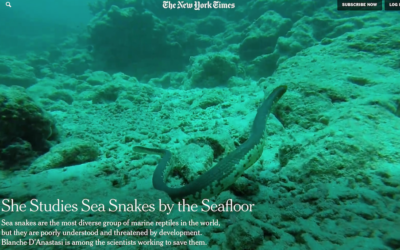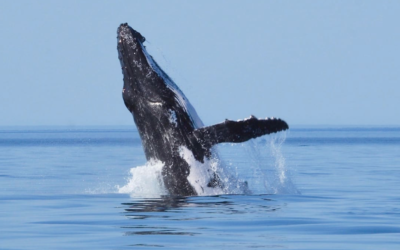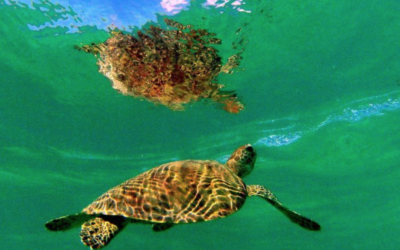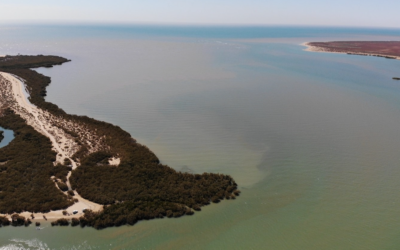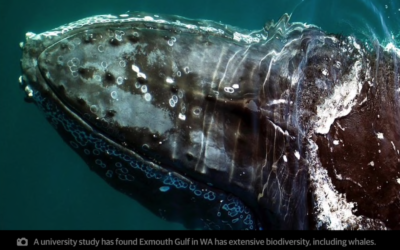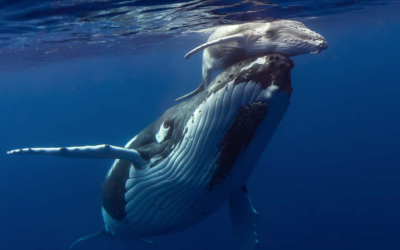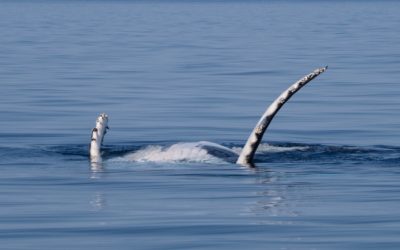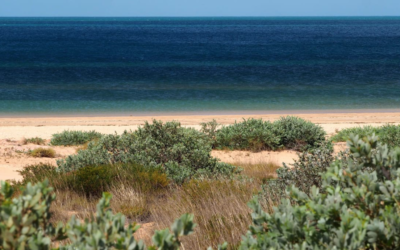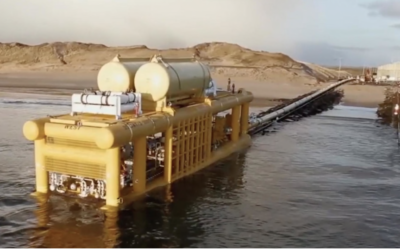Media Releases
Exmouth Gulf makes it to The New York Times
Blanche D’Anastasi from James Cook University has found that Exmouth Gulf is a global hotspot for sea snakes. A great story about a passionate young scientist making a difference and bringing the world’s attention to brand-new research.
Once in a generation report finds Exmouth Gulf has twice as many fish species as Ningaloo
The West Australian story reports on the Exmouth Gulf Review that finds a “staggering level of biodiversity in the Exmouth Gulf” including a rare pupping site for critically endangered green sawfish.
Scientists say Exmouth Gulf needs protection from industry
The ABC reports that sixteen scientists from the UWA’s Oceans Institute, James Cook University, Curtin University, Sharks and Rays Australia and Oceanwise Australia have contributed to a landmark report that uncovers Exmouth Gulf’s extraordinary biodiversity. It finds the Gulf is a globally important refuge for humpback whales, dugongs, rare dolphins and many endangered species. Endorsed by the IUCN, it recommends a major research effort and protection from industrial pressure.
Exmouth Gulf has more fish species than Ningaloo
Western Australia’s Exmouth Gulf has more species of fish than the adjacent and World Heritage-listed Ningaloo Reef, according to a review of the area’s environmental values. It’s a globally unique ecosystem. Read more…
Science Review reveals Exmouth Gulf’s remarkable diversity
The landmark review of scientific research into Exmouth Gulf finds this “globally significant ecosystem” is home to over 1800 species of fauna and twice as many fish species as Ningaloo Reef. Backed by the IUCN this report confirms Ningaloo’s Nursery as a hotspot for a number of endangered species. This AAP story appeared in all News Ltd outlets including The Australian, The Daily Telegraph, Courier-Mail, the Herald-Sun and the Sunday Times.
The Exmouth mystery: where science has barely grazed the surface
A globally significant diversity of wildlife teems beneath the blue surface of Western Australia’s Exmouth Gulf, a landmark report has revealed – but the push to industrialise the holiday region could threaten these species before science even finishes documenting them.
New referral gets proper scrutiny
Your input made a difference! The EPA has announced that Subsea 7’s pipeline facility in Exmouth Gulf will be assessed at the highest level of Public Environmental Review. During its 7-day public comment period WA’s environmental watchdog received a whopping 2498 submissions of which 2359 (94%) called for high-level assessment. You clearly made an impact! Read The West’s article here.
Subsea 7 tries again
Protect Ningaloo campaigner Jeremy Tager says, ‘It’s absurd’ of Subsea 7 to suggest their revised proposal would have environmental benefits. Last week the EPA sent the heavy-engineering outfit back to the drawing board and yesterday Subsea 7 presented another referral which includes over 1800 hectares of seabed disturbance and extra land clearing. Public comment closes Sunday 26 May 2019.
Subsea 7 goes back to Square One
Subsea 7’s proposal to drag giant pipelines and chains through Exmouth Gulf and the Ningaloo
World Heritage Area has been tossed back to square one, Subsea 7 admitted yesterday.
Subsea 7 taps EPA for Exmouth Gulf Concessions
Subsea 7 now says there’ll be far more seabed disturbance and even more land clearing than previously admitted. Seabed disturbance from towing massive pipes through Ningaloo’s Nursery has now been revised upwards by 1464 hectares and onshore construction...

